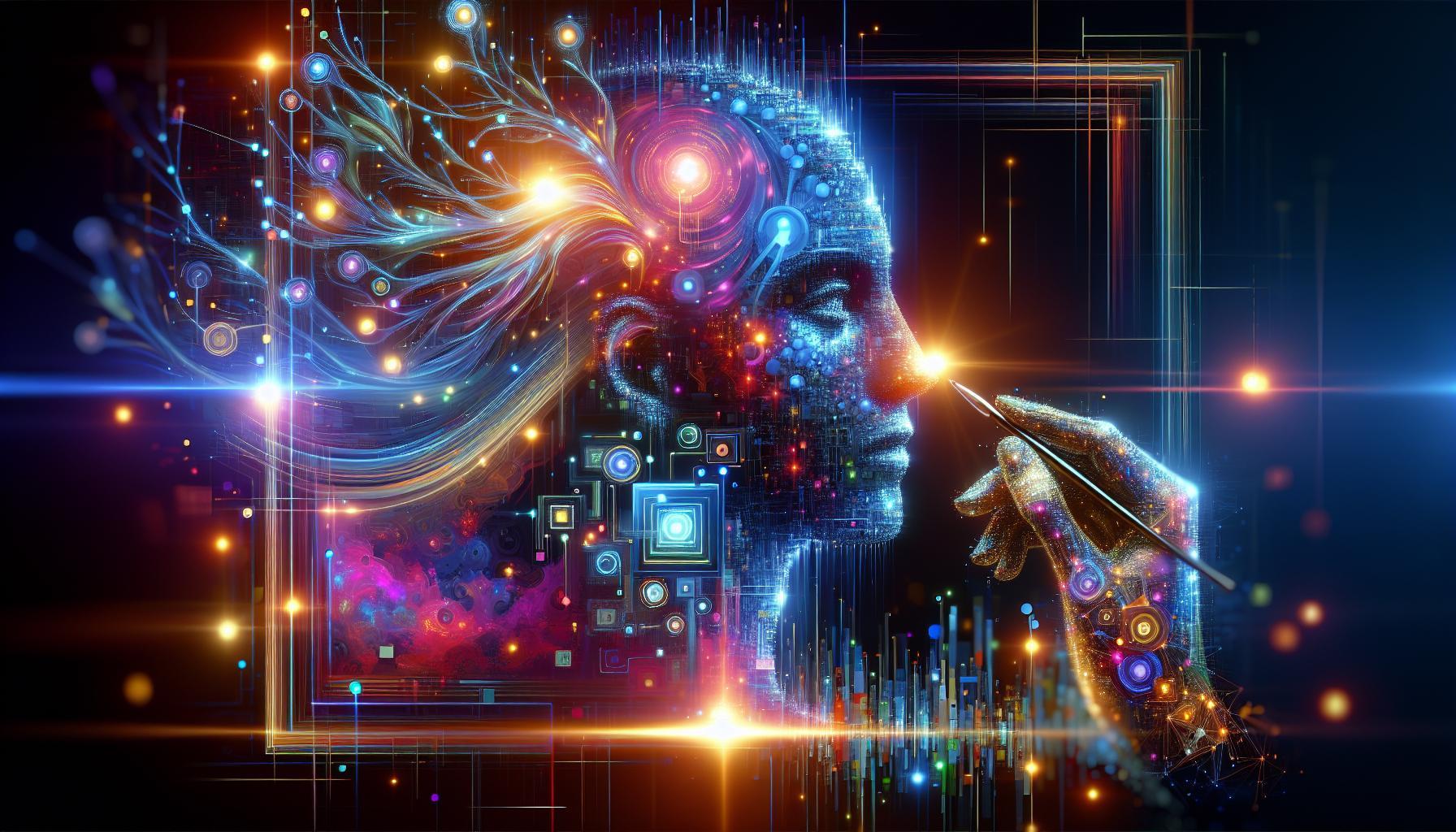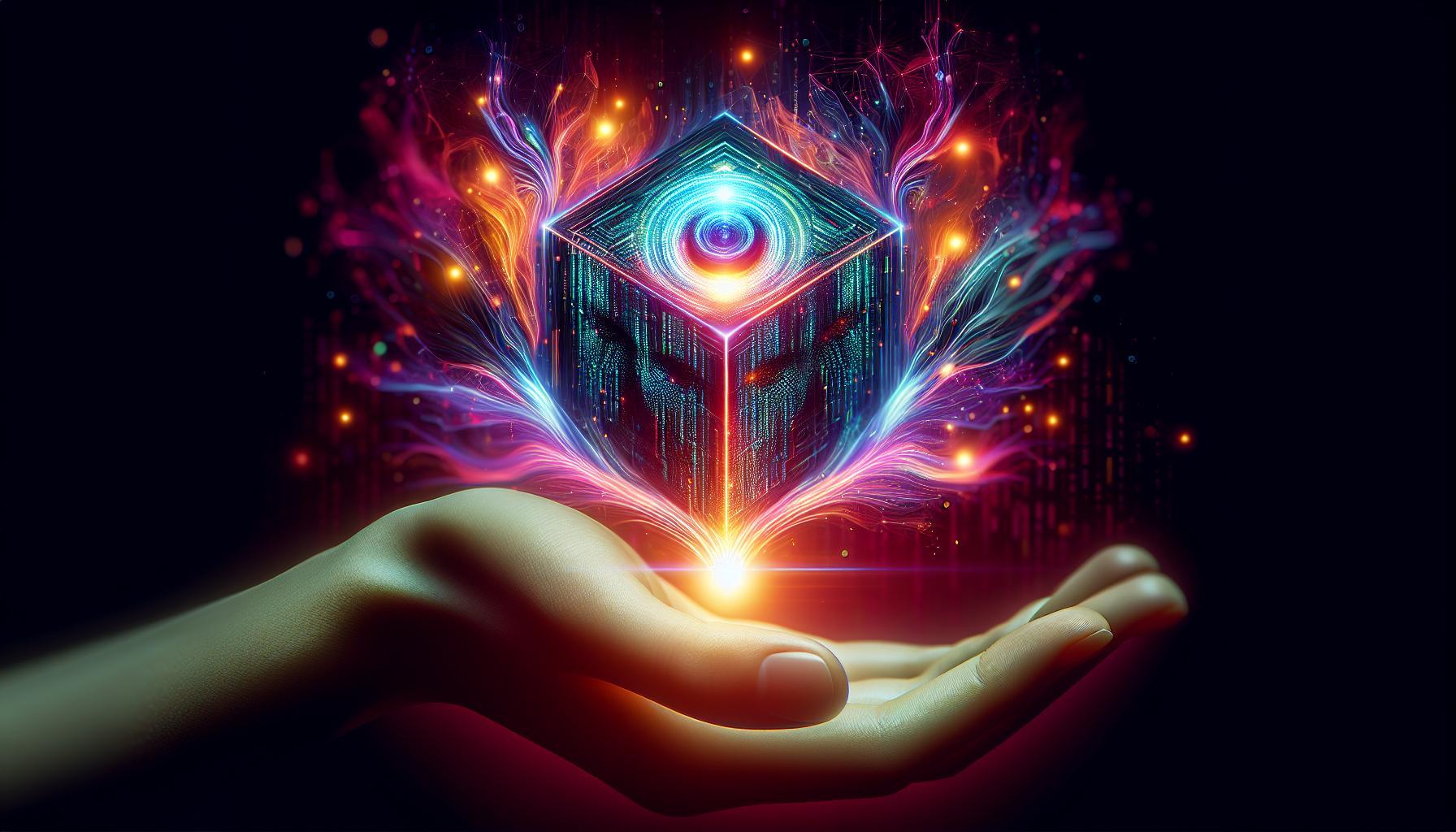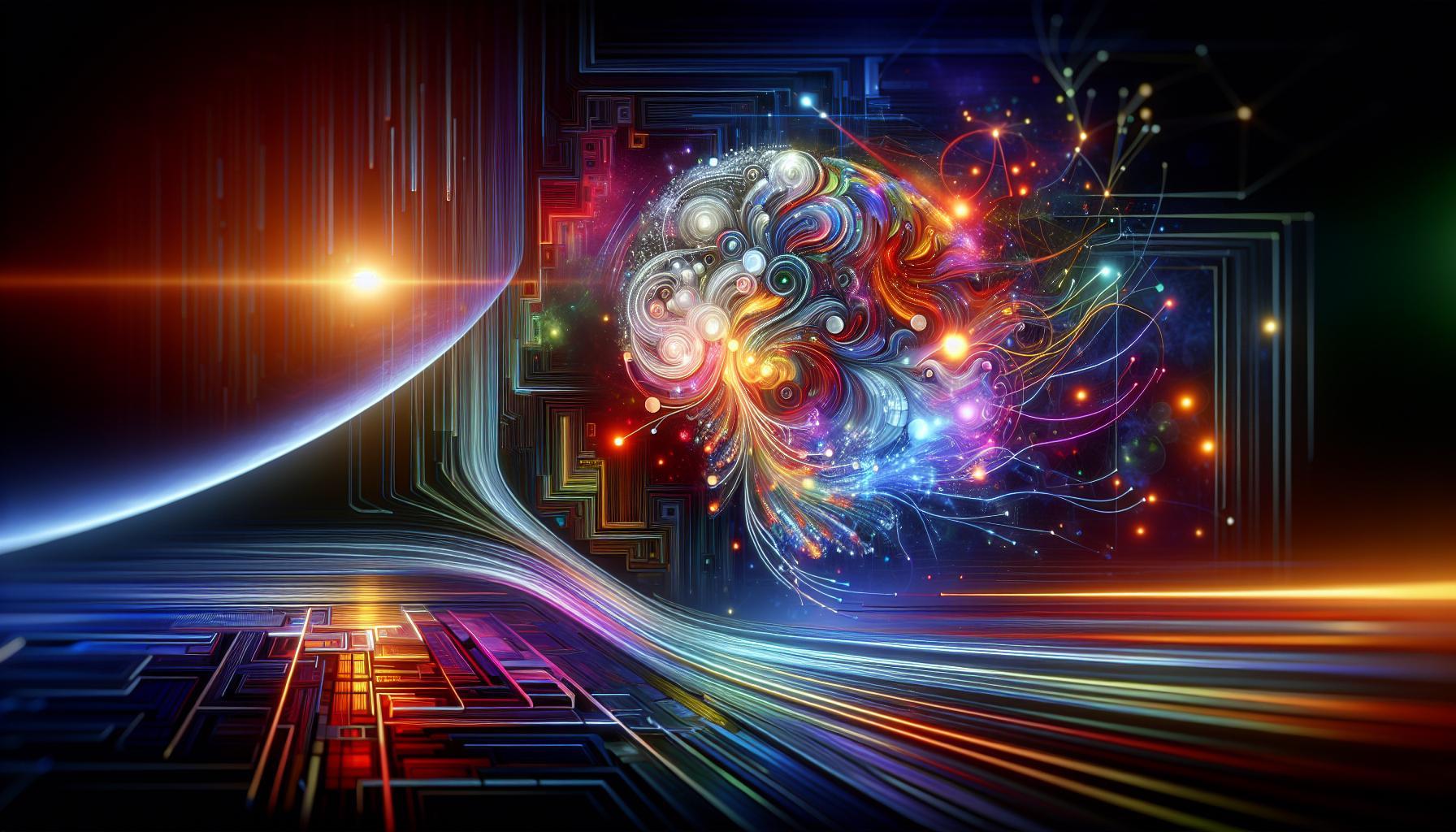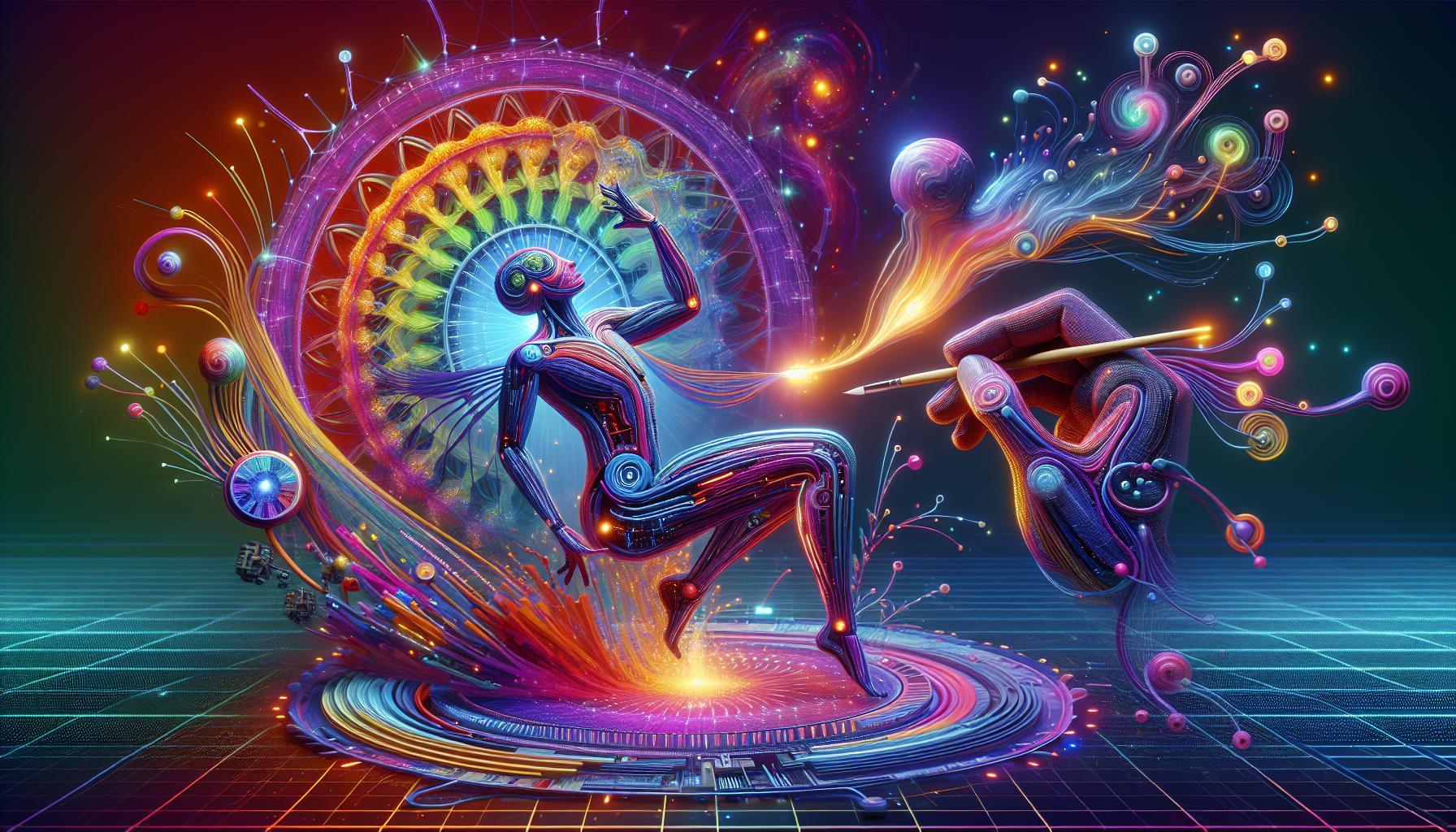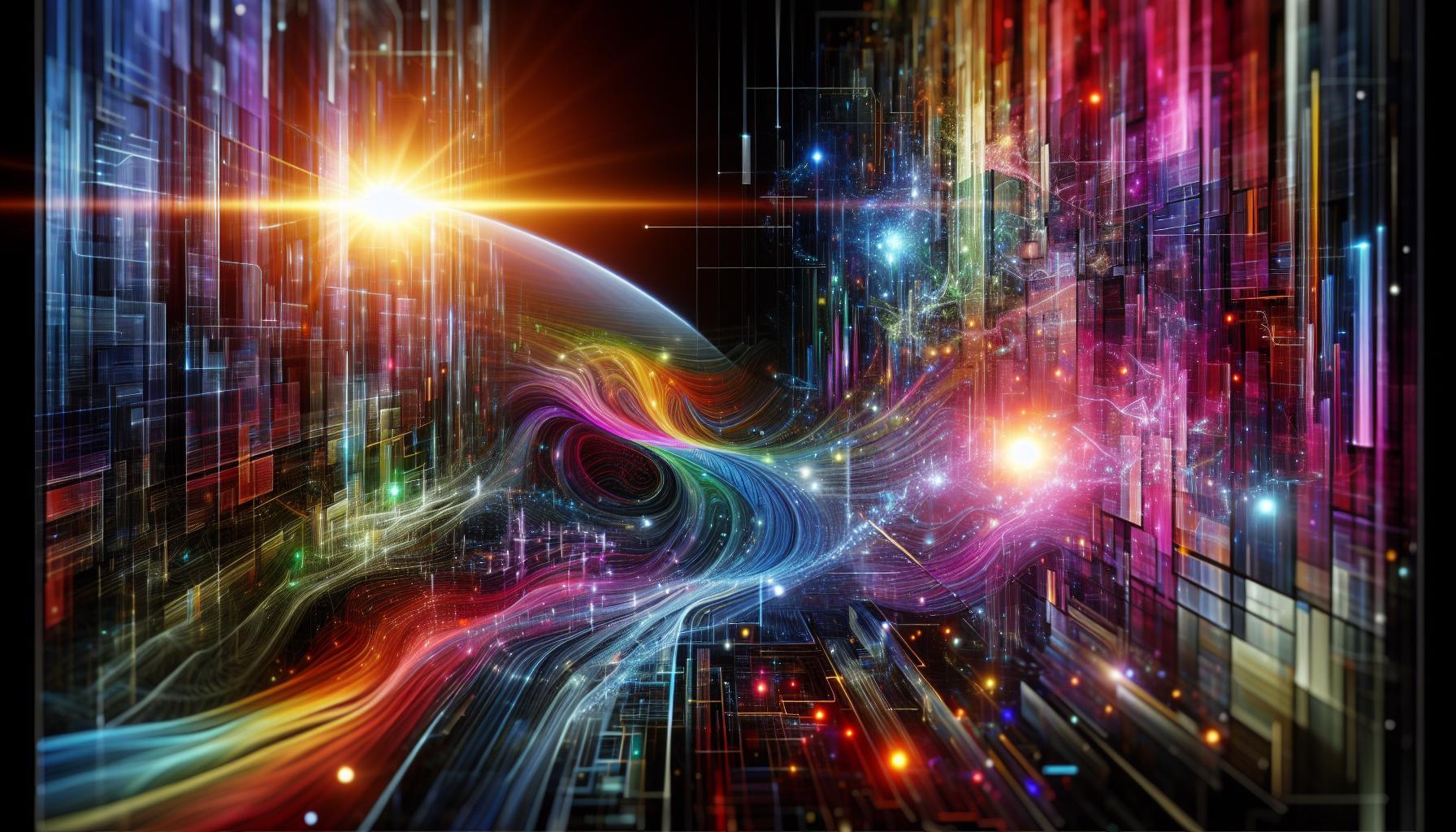Crafting effective prompts for Midjourney can significantly enhance your AI-generated art, yet many users struggle with clarity and precision. Understanding how to communicate your vision succinctly is essential for unlocking creativity. This guide offers expert tips to refine your prompt engineering skills, ensuring you produce stunning and unique images effortlessly.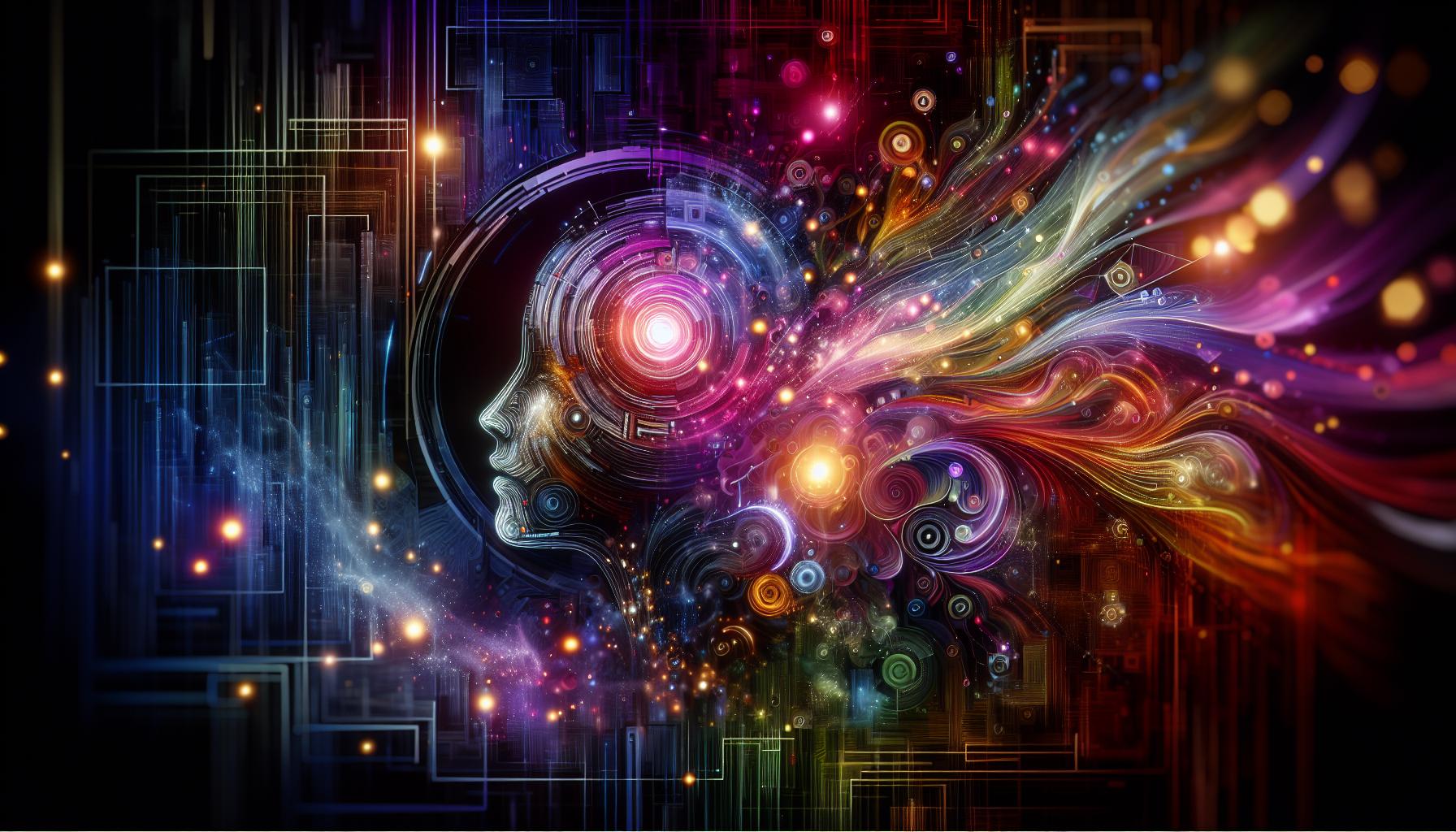
Understanding the Basics of Midjourney Prompts
Creating captivating Midjourney prompts is an essential skill for harnessing the full potential of this AI art generator. Understanding the basics of these prompts can dramatically transform your artistic output, allowing you to generate stunning visuals tailored to your creative vision. At its core, a Midjourney prompt is the instruction you provide to the AI, guiding it in the generation of artwork. The clearer and more specific this instruction is, the better the results you will achieve.
When crafting prompts, consider the following key elements:
- Clarity and Specificity: Clearly define what you want. Instead of vague terms, use descriptive language that paints a picture. For example, instead of simply stating “a landscape,” you might say “a sunlit forest with vibrant autumn leaves and a sparkling river.”
- Style and Influence: Incorporate artistic influences or styles. Mention if you want a “surrealist” or “impressionist” artwork, which will inform the aesthetics and details the AI focuses on.
- Emotion and Mood: Specify the emotional tone you desire. Words like “mysterious,” “joyful,” or “dramatic” help the AI understand how to convey feelings through art.
- Details and Context: Adding context can enrich the output. For instance, describing the time of day, weather, or character actions can lead to a more dynamic image.
By blending these components, you can create compelling Midjourney prompts that lead to unique and inspiring artworks. A well-structured prompt could look like this: “A serene sunset over a tranquil beach, with gentle waves lapping at the shore, palm trees swaying softly in the breeze, evoking a sense of peaceful reflection.”
Moreover, employing advanced techniques in prompt engineering can further enhance your creations. For instance, consider experimenting with different command structures and keywords that instruct the AI on how to interpret your ideas. Here’s a succinct table to illustrate common styles and suggested keywords:
| Art Style | Keywords |
|---|---|
| Realism | accurate, vivid, authentic |
| Abstract | geometric, colorful, expressive |
| Surrealism | dreamlike, bizarre, fantastical |
| Minimalism | simple, clean, sparse |
By familiarizing yourself with these basics and experimenting with various approaches, you will learn how to make better Midjourney prompts, enhancing your ability to create exceptional art. Dive deep into understanding your subject matter, admire different styles, and don’t be afraid to iterate on your prompts to discover what works best for your artistic aspirations.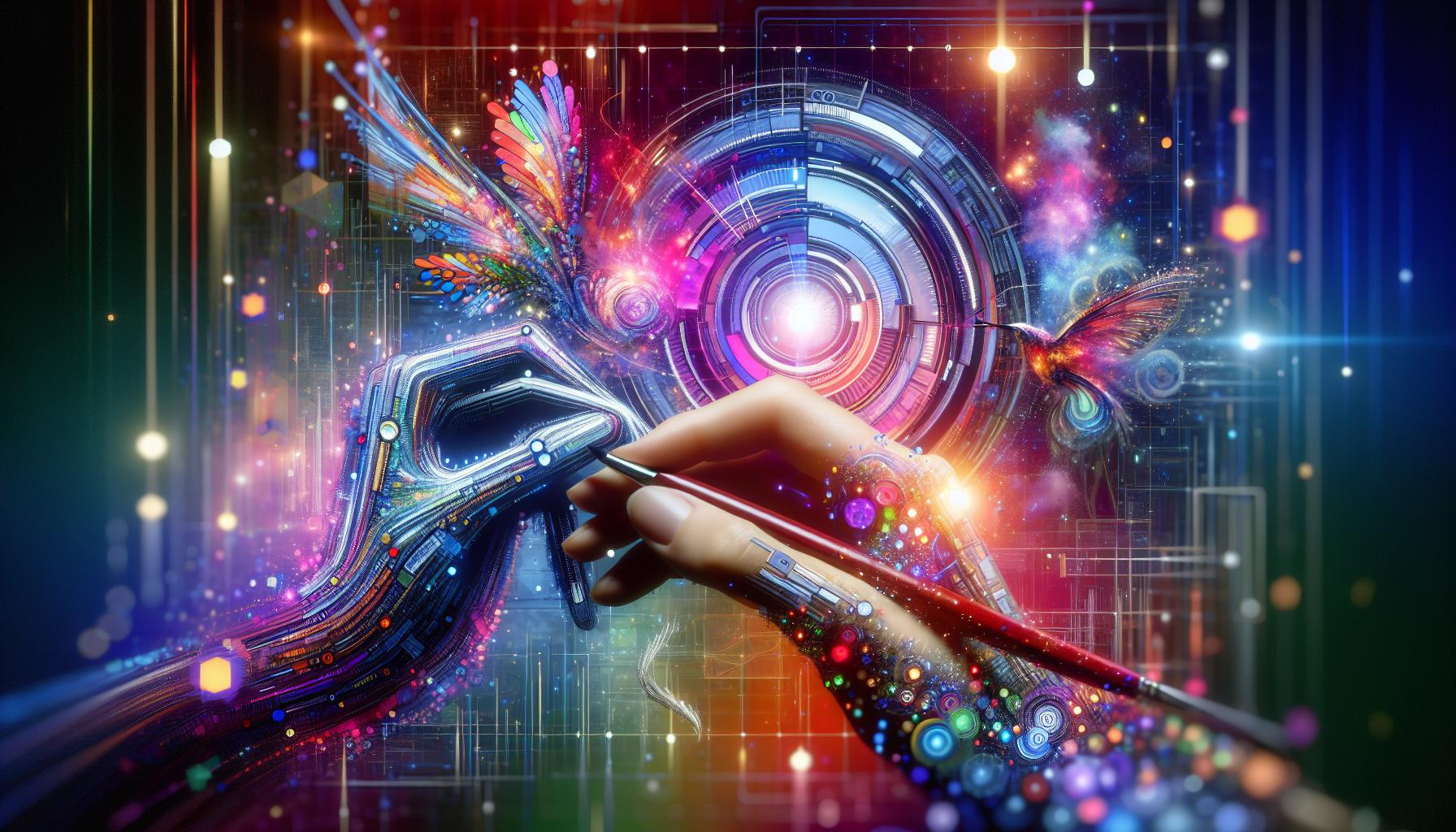
Key Elements of Effective Prompt Engineering
To produce compelling results from AI models like Midjourney, understanding the nuances of effective prompt engineering is essential. Crafting a well-defined prompt can significantly influence the quality and relevance of the generated outputs. A great approach involves being precise yet descriptive, combining both context and intent to guide the AI effectively.
Clarity and Specificity
One of the fundamental elements of effective prompt engineering is clarity. A prompt should clearly articulate what you want the AI to generate. Avoid vague requests; instead, use specific terms and phrases that convey your needs. For instance, rather than asking for “art,” specify “a digital painting of a serene forest landscape at sunset.” This level of detail helps the AI focus its creativity on your exact vision.
- Descriptive Language: Employ rich, vivid descriptions that capture the essence of your desired outcome.
- Audience Consideration: Tailor your prompts based on the intended audience or use-case scenario to align with their expectations.
Iterative Refinement
Another critical aspect of effective prompt engineering is the iterative feedback loop. After generating initial outputs, review them to understand how well they align with your expectations. It’s often necessary to refine prompts based on the characteristics of the output. For instance, if the AI’s response lacks certain elements (like color or emotional tone), incorporate those requirements into your next prompt iteration. This process not only enhances the results but also deepens your understanding of how specific tweaks impact output quality.
Utilizing Contextual Cues
Incorporating contextual information can significantly improve the relevance of the generated content. Consider including examples or references that guide the AI’s understanding. For example, if you want a whimsical character design, you might prompt the AI with: “Create a cartoon character inspired by classic fairy tales, such as a playful dragon or a clever fox.” By anchoring your request in familiar references, you provide a framework for the AI to produce more aligned results.
| Element | Description |
|---|---|
| Clarity | Use clear and direct language to eliminate ambiguity in requests. |
| Specificity | Incorporate specific details that describe the desired output. |
| Context | Provide background information or examples to guide the AI. |
| Iteration | Refine prompts based on generated outputs to enhance accuracy and relevance. |
By integrating these key elements into your practice, you will enhance your ability to craft better Midjourney prompts and achieve outcomes that closely match your creative vision. Implementing these expert strategies is vital for anyone looking to maximize their experience with AI-driven content generation.
Avoiding Common Pitfalls in Prompt Creation
Creating effective prompts for Midjourney is akin to crafting a captivating story; both require a deep understanding of your audience and a focus on clarity. Unfortunately, many users fall into common traps that hinder their creative output. By recognizing these pitfalls, you can refine your approach and harness the full potential of this powerful tool.
Understanding Ambiguity
One of the most prevalent mistakes in prompt creation is ambiguity. When prompts are vague or lack specificity, the resultant images may not align with the creator’s vision. Here’s how to avoid ambiguity:
- Define Key Elements: Clearly specify the subject, environment, and desired style. Instead of saying “a dog in a park,” try “a golden retriever playing fetch in a sunny, green park.”
- Use Descriptive Language: Incorporate adjectives that evoke vivid imagery. Refine the example to “a cheerful golden retriever energetically chasing a bright red ball in a lush, sunlit park.”
- Avoid General Terms: Refrain from using terms like “nice” or “cool.” Instead, paint a detailed picture with words that convey the mood you want to evoke.
Ignoring Contextual Details
Another common error is neglecting the context surrounding the prompt. Midjourney excels in generating context-rich images when provided with details about the environment and mood. Consider this practical approach:
| Context Element | Importance | Example |
|---|---|---|
| Time of Day | Influences color palette and atmosphere. | “A serene sunset over the ocean” versus “A bright midday at the beach.” |
| Emotion | Affects the overall impact of the image. | “A joyful family picnic” versus “A somber rainy day in the park.” |
| Historical or Cultural Context | Provides depth and richness to the subject matter. | “Traditional Japanese tea ceremony in a Kyoto garden” instead of just “tea ceremony.” |
Overloading with Details
While specificity is key, there is a risk of overwhelming your prompts with excessive details, which can confuse the model and lead to subpar results. Finding the right balance is crucial. Here are some tips to streamline your prompts while ensuring they remain effective:
- Prioritize Key Features: Identify the most critical aspects of your scene and focus on those, trimming any excess.
- Use Clear, Concise Language: Reduce unnecessary words and keep sentence structures straightforward, which can help clarify your intent.
- Test and Iterate: Start with a base prompt, generate images, and refine based on what works best, keeping only the elements that enhance clarity and creativity.
By avoiding these common pitfalls-ambiguity, lack of context, and overloading with details-you will significantly improve your ability to generate compelling images through Midjourney. Embrace the art of prompt creation, and your results will surely reflect the effort and thoughtfulness you put into them.
Crafting Descriptive and Engaging Prompts
Crafting compelling prompts is essential for generating mesmerizing images with Midjourney. The more descriptive and engaging your prompts are, the more unique and creative the AI-generated outputs will become. Understanding how to convey your vision clearly will not only enhance your artwork but also sharpen your skills in prompt engineering.
To create effective prompts, consider the following strategies:
- Be Specific: Instead of saying “a city skyline,” specify details such as “a futuristic city skyline at sunset, with flying cars and neon lights.” This level of detail guides the AI towards your desired outcome.
- Incorporate Emotions: Emotions can significantly influence the mood of the generated art. Phrasing like “a serene landscape” or “a chaotic battle scene” can evoke the intended feelings.
- Utilize Artistic Styles: Mentioning artistic styles or famous artists can help further refine your results. For example, “a portrait in the style of Van Gogh” instructs the AI to emulate specific aesthetics.
- Contextual Elements: Adding contextual elements enhances the richness of your prompts. For instance, “an ancient forest filled with mythical creatures under a full moon” sets a vivid scene that can inspire more imaginative results.
In practice, a well-crafted prompt might be “a tranquil Japanese garden during cherry blossom season, with a gentle stream reflecting the pink flowers and a small wooden bridge”. This prompt gives clarity and depth, ensuring that the resulting image echoes your creative vision closely. For continuous improvement in prompt crafting, analyze outputs and refine your techniques by testing variations, thus embracing a cycle of learning and creativity.
Ultimately, mastering the art of descriptive prompts is a dynamic journey that engages your imagination and enhances your results in Midjourney, illustrating the powerful connection between effective communication and extraordinary visual art.
Leveraging Style and Tone in Your Midjourney Prompts
The ability to effectively communicate your desired style and tone in Midjourney prompts can significantly enhance the quality of the generated images. This essential skill allows you to guide the AI to produce visuals that not only meet your expectations but also resonate with your intended audience. Whether you’re aiming for something whimsical, bold, or tranquil, articulating the right stylistic elements in your prompts is key to achieving stunning results.
To harness the power of style and tone in your Midjourney prompts, consider the following strategies:
- Specify Artistic Styles: When crafting your prompt, mention specific art movements or artists that encapsulate the tone you wish to convey. For instance, you could say, “inspired by Van Gogh’s post-impressionism,” to bring a lively and expressive quality to the artwork.
- Use Descriptive Language: Employ adjectives that evoke particular emotions or atmospheres. Phrases like “serene landscape” or “vivid urban scene” guide the AI towards the mood you want to achieve.
- Incorporate Color Schemes: Mentioning specific color palettes can also influence the final output. A prompt could include, “using warm autumn colors,” to draw on the comforting hues associated with that season.
- Indicate Desired Composition: Don’t hesitate to specify the layout or framing. For example, you might ask for “a close-up of a flower with a blurred background” to add depth and focus to the image.
To illustrate these points, here is a table showcasing examples of prompts that successfully leverage different styles and tones:
| Prompt Example | Desired Outcome |
|---|---|
| A peaceful lake at sunrise, soft pastel colors | Tranquil and calming image |
| A futuristic city skyline at night, neon lights | Dynamic and energetic urban scene |
| Portrait of a woman in vintage style, 1920s glamour | Elegant and nostalgic artwork |
| A magical forest, bright colors, and whimsical creatures | Playful and enchanting atmosphere |
By integrating these elements into your prompts, you can significantly increase the effectiveness of your Midjourney creations. Understanding how to articulate style and tone is an invaluable aspect of mastering the art of prompt engineering. Implement these practical tips to make better Midjourney prompts and watch as your creative visions come to life.
Real-World Examples: Analyzing Successful Prompts
When delving into the world of Midjourney art, the impact of a well-crafted prompt can hardly be overstated. Successful prompts not only guide the AI in generating intricate visuals but also reflect the creator’s intent in innovative ways. Analyzing effective prompts offers invaluable insights into their structure and approach, enhancing one’s ability to create compelling art. Understanding how to strategically use elements within prompts can elevate the resulting artwork to new heights.
One particularly successful example involves using descriptive adjectives combined with specific nouns. For instance, a prompt like “A mystical forest with glowing flowers and ethereal creatures” encapsulates a rich imagery framework. The adjectives “mystical” and “ethereal” set a tone that influences the color palette and overall atmosphere, while nouns like “forest” and “creatures” ground the scene in familiar yet imaginative settings. This method showcases the effectiveness of descriptive specificity in obtaining distinct and captivating results.
Another effective strategy is the incorporation of well-known art styles or movements. A prompt stating “A futuristic cityscape in the style of Vincent van Gogh” not only channels the vibrant swirl of Van Gogh’s strokes but also introduces a juxtaposition of modernity and classic art. Such prompts generate pieces that resonate on multiple thematic levels, appealing to viewers’ nostalgia while engaging their curiosity about the future. By referencing established styles, creators can tap into the emotional power and recognition these forms convey.
To illustrate these ideas effectively, consider the following table that summarizes different aspects of successful prompts:
| Element | Example Prompt | Effect |
|---|---|---|
| Descriptive Adjectives | A serene beach at sunset with vibrant colors | Sets mood and atmosphere |
| Art Style Reference | A bustling marketplace in the style of Cubism | Blends visual styles for unique interpretations |
| Combining Concepts | A dragon made of clouds soaring above a city | Creates imaginative and surreal imagery |
| Emotional Tone | A lonely astronaut floating in space with a bright Earth in sight | Evokes feelings of isolation and wonder |
Ultimately, learning how to create effective Midjourney prompts through such real-world examples empowers users to tap into their creative potential, enhancing their skills as prompt engineers. By thoughtfully combining descriptive language, stylistic references, and emotional undertones, creators can refine their approach and produce extraordinary art that resonates deeply with audiences.
Iteration and Refinement: Improving Your Prompts Over Time
One of the key elements of mastering prompt engineering for Midjourney is understanding that the initial iteration of a prompt is rarely perfect. The art of refining prompts is a continuous learning process that can lead to significantly improved results. As you experiment with different descriptions and styles, you will discover how small adjustments can create a ripple effect, enhancing the overall quality and relevance of the generated artwork.
Feedback Loops and Iterative Improvement
To refine your prompts effectively, create a feedback loop that enables you to assess the outcomes and optimize them accordingly. This can involve:
- Analyzing the Output: After generating images, closely examine the results to identify what resonates with your vision and what falls short.
- Tweaking Specific Elements: Make targeted adjustments to aspects like style, color palette, or thematic focus. For example, if a certain aesthetic isn’t coming through, try emphasizing it in your next prompt.
- Documenting Changes: Keep a detailed log of your prompts and the respective outcomes. This documentation helps in tracking what works and what doesn’t, paving the way for more informed decisions in future iterations.
Utilizing Advanced Techniques
Once you’re comfortable with the basics, explore advanced prompting techniques. Incorporate specific artistic references, emotions, or environment details to enrich your prompts. For instance, instead of merely saying “a landscape,” try “a serene sunrise over a misty mountain range, with vibrant colors and a hint of mystery.” These rich descriptions can lead to more dynamic results.
Engagement with the Community
Engaging with fellow creators can significantly enhance your learning process. By sharing your experiences and reviewing prompts from others, you can gather new ideas and insights. Consider:
- Participating in Forums: Join discussions on platforms such as Reddit or AI art communities where users frequently share successful prompts.
- Reviewing Online Resources: Utilize articles that compile popular or effective prompts that others have achieved, as seen in resources that focus on how to make better Midjourney prompts.
In the journey of creating art with AI, iteration and refinement are your vital companions. By continuously assessing and adjusting your prompts, utilizing advanced techniques, and engaging with the community, you can significantly enhance your artistic output and craft immersive experiences with Midjourney.
Exploring Advanced Techniques for Customizing AI Outputs
The world of AI is constantly evolving, and mastering the art of prompt engineering is essential for unlocking its full potential. Utilizing advanced techniques to customize AI outputs can transform the way you interact with models like Midjourney, ensuring you obtain results that are not only satisfactory but truly aligned with your vision. Engaging with AI effectively allows creators to push the boundaries of innovation, whether they are developing art, writing, or even programming applications.
Refining Prompt Structure
One of the foundational aspects of crafting compelling prompts lies in the structure. A well-structured prompt typically contains the following components:
- Context: Provide background information to guide the AI.
- Instruction: Clearly articulate what you want the AI to do.
- Restrictions: Mention any limitations or specific styles to follow.
For instance, instead of saying, “Generate a landscape,” you could refine it to “Create a serene sunset landscape with mountains in the background, emphasizing cool colors and minimal human presence.” This additional detail not only helps the AI to understand your intent better but also increases the likelihood of generating a desired outcome.
Utilizing Specific Keywords
Incorporating specific keywords can significantly enhance the quality of the outputs. Keywords should reflect the key elements you want the AI to focus on.
| Keyword Type | Example | Impact |
|---|---|---|
| Descriptive Adjectives | Vibrant, surreal, futuristic | Guides the tone and style of the output |
| Action Verbs | Transform, illustrate, evoke | Enhances the dynamic quality of the result |
| Themes or Concepts | Harmony, chaos, rebirth | Shapes the overall narrative or message |
By strategically placing these keywords throughout your prompts, you can direct the AI to focus on essential elements, ultimately generating outputs that resonate more closely with your artistic vision.
Iterative Feedback Loop
Experimentation is key in prompt engineering. Establish an iterative feedback loop where you constantly refine your prompts based on the results. After receiving outputs, take time to analyze what worked and what didn’t. Ask yourself:
- Did the result meet my expectations?
- What aspects were lacking or exceeded my vision?
- Which elements of the prompt contributed to the output?
Asking these questions will help you understand the nuances of the AI’s learning patterns and adjust your prompts accordingly. For example, if a prompt generated an unsatisfactory image due to vague instructions, you could revise it to include more specific details or contrasting elements, thus enhancing future interactions.
By implementing these advanced techniques, the process of crafting prompts becomes a creative dialogue with the AI, ultimately allowing you to produce more tailored and effective outputs that align with your aspirations.
Faq
How to Make Better Midjourney Prompts? Expert Prompt Engineering Tips?
To make better Midjourney prompts, start with clear, concise language. Use descriptive phrases to convey your idea effectively. Avoid long lists; a short, specific prompt often yields the best results in generating AI art.
For example, instead of saying “a red car, a sunny sky, and a tree,” you could say “a vintage red car under a clear blue sky.” This succinct approach helps the AI understand your vision better. Check out more examples in our guide on Midjourney prompts.
What is a Midjourney prompt?
A Midjourney prompt is a set of instructions you provide to the AI to generate images. It typically consists of keywords and phrases that guide the AI’s creativity. The better your prompt, the closer the output will be to your vision.
By using specific details, like colors, styles, or moods, you improve the quality of the images produced. Always remember that clarity and specificity are key to effective prompt engineering.
Why does my Midjourney prompt not work?
Your Midjourney prompt might not work due to vague or overly complex descriptions. If the AI cannot grasp your intent, it may yield unsatisfactory results. Keeping prompts simple and direct is essential.
Long or detailed prompts can overwhelm the system. Instead, break your ideas down into short, clear phrases that guide the AI more effectively. This often leads to better, more focused outcomes.
Can I use emojis in my Midjourney prompts?
Yes, you can use emojis in your Midjourney prompts! Emojis can add an extra layer of specificity or emotional context to your request. However, their effectiveness may vary.
Using emojis can help convey tone or style, like using a 🌅 for sunrise or 🎨 for a colorful theme. Just ensure they complement your text and don’t confuse the AI’s interpretation.
How can I improve my AI art quality with Midjourney prompts?
Improving AI art quality with Midjourney prompts involves using descriptive adjectives and focusing on specific themes. Highlighting styles, colors, and artistic methods can yield more refined images.
For example, instead of simply saying “landscape,” try “vibrant sunset landscape with mountains.” This type of specificity often results in greater detail and overall quality in the generated artwork.
What are some common mistakes in writing Midjourney prompts?
Common mistakes in writing Midjourney prompts include being too vague, using complex instructions, or failing to include essential details. These issues can lead to unsatisfactory AI-generated images.
Instead, focus on clarity and relevance. Use keywords wisely and avoid overloading your prompt with too many ideas. Keeping it simple yet descriptive typically yields the best results.
Can I control the style of images generated by Midjourney prompts?
Yes, you can control the style of images generated by Midjourney prompts by specifying certain art styles or references. Mentioning famous artists or styles helps direct the AI’s output.
For example, you could specify “in the style of Van Gogh” or “a watercolor painting of a forest.” This guide enables the AI to align its creativity with your artistic vision.
Where can I find inspiration for Midjourney prompts?
Inspiration for Midjourney prompts can be found in numerous places, including art galleries, Pinterest, and even nature. Observing the world around you stimulates creativity and can spark unique prompt ideas.
You can also explore curated lists and examples of prompts online, such as those available in our comprehensive collection on Midjourney prompts for every style and mood.
Key Takeaways
In conclusion, mastering the art of crafting effective Midjourney prompts is an invaluable skill for anyone looking to elevate their AI-generated imagery. By understanding the core elements of a successful prompt-clarity, specificity, and creativity-you can significantly enhance the quality of your outputs. Utilize the guidelines and examples discussed in this article to experiment with different styles and themes, ensuring your prompts resonate with your artistic vision.
As you continue to explore the vast potential of Midjourney, remember that practice is key. Don’t hesitate to iterate on your prompts and learn from the results. Engage with the Midjourney community for inspiration and feedback, and keep pushing the boundaries of your creativity. Dive deeper into the resources available, such as curated prompts and style references, to inspire your next creations. With each step, you’ll foster your confidence and skill in using these powerful AI tools, opening up new avenues for artistic expression. Start creating today, and let your imagination guide your journey!

